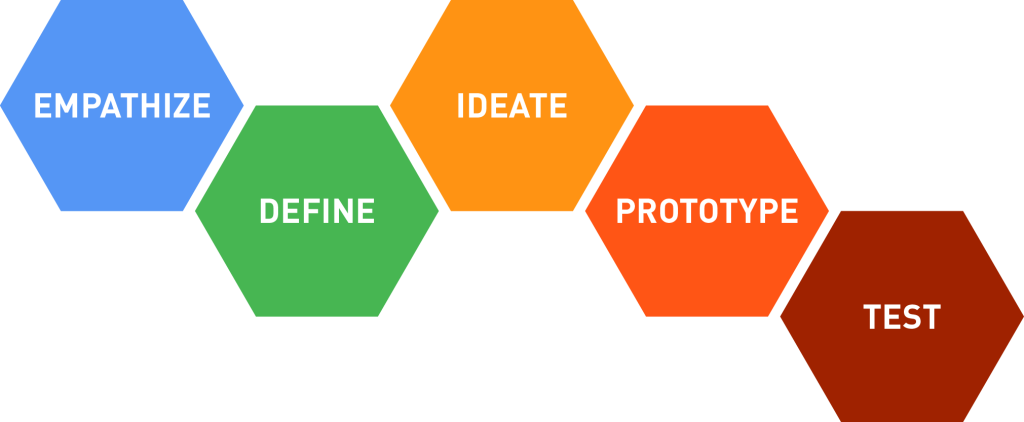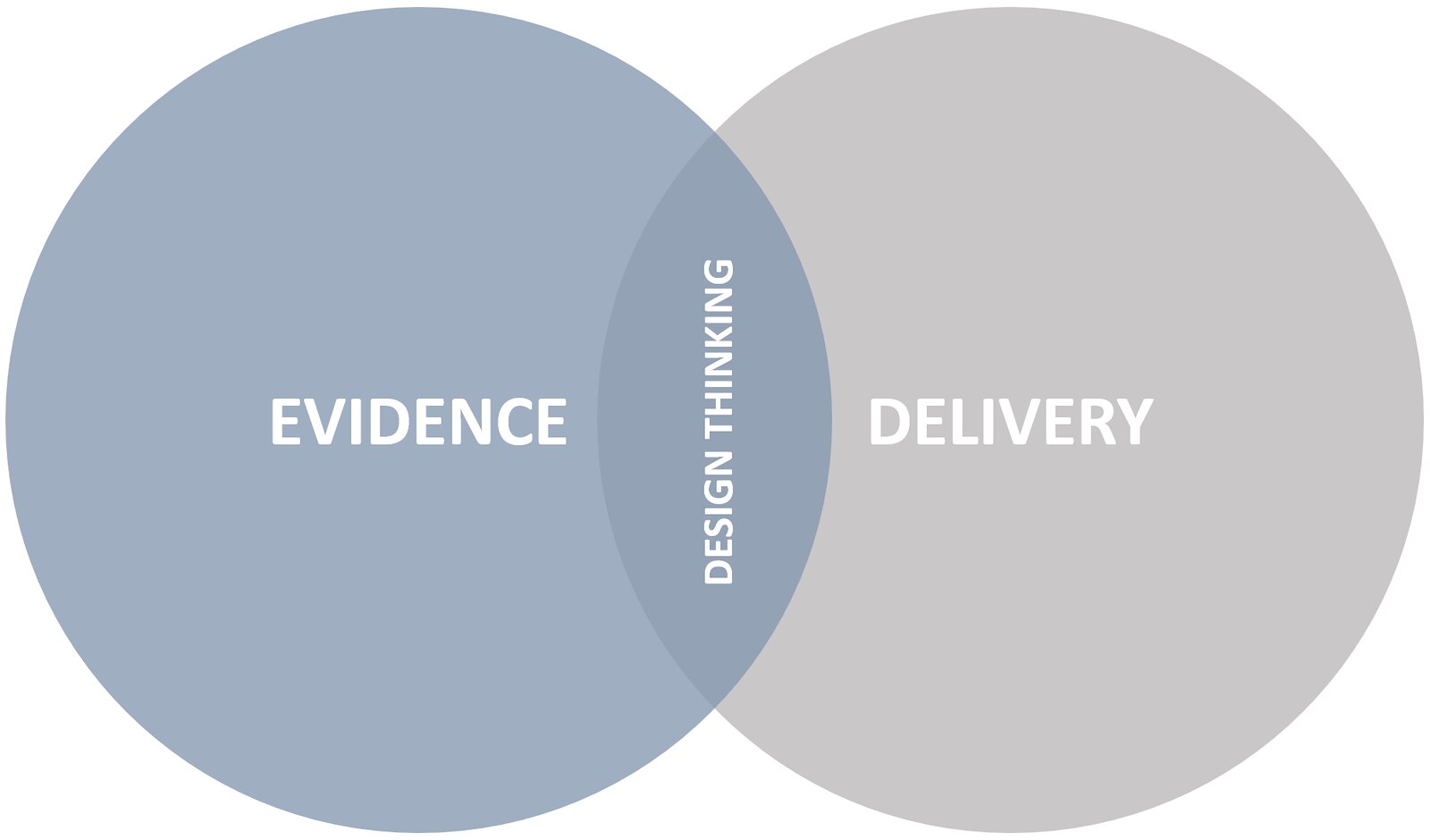There’s no point landing the perfect plane at the wrong airport.
That’s an analogy someone shared with me several years ago to explain Design Thinking, and it has resonated with me ever since for two reasons. Firstly, it exposes the solution-first approach that pervades the corporate sector; and secondly, it challenges our obsession with perfection.
When I look across the business landscape, I’m continually surprised by the decisions that some companies make on behalf of their customers, without those decisions being informed by said customers. It’s more prevalent then you might think. We humans are beset by bias, prejudice, arrogance and self-importance. We make assumptions and just know what is best for others. So we launch blind. No wonder so many initiatives fail.
Likewise I am continually surprised by the great lengths to which some companies go to ensure their product is flawless. All that time spent prior to launch represents time out of the market. And all those eggs put into the one basket means if it fails, it fails hard.
Design Thinking promises to overcome these problems by recasting the customer as the source of innovation rather than merely the recipient. Moreover, it’s agile – in the sense that it combines speed to market with continuous improvement.
Perhaps the most widely recognised variant of Design Thinking is the 5-stage framework espoused by Stanford University’s d.school. I won’t bother delving into its details when countless others have already done so. Suffice to say it involves empathising with your customers to find out what they really need; using those insights to define the problem you’ll solve for them; generating ideas for a potential solution; prototyping and testing (and modifying) the solution; prior to launching a minimum viable product (MVP).
Design Thinking is an iterative process, with an emphasis on cycles of learning: informing your decisions with intelligence; trying them out; failing fast; failing cheap; adapting; approaching ever closer to designing the right thing, and designing it right, to maximise its probability of success.
And it doesn’t end at launch. The MVP is a starting point, not an end point. In the heat of the market, the cycle of learning continues, and so the product evolves.
Of course Design Thinking has no shortage of detractors. One commentator likens it to syphilis (!) while others are even more offensive, calling it linear.
Much of the disdain appears to stem from the evangelism practised by fanbois who worship the idol of Design Thinking, the healer of all ills (including, no doubt, syphilis).
I also find the language of the protagonists sometimes misleading; for example, IDEO – the proponent of Human Centered Design, Design Thinking’s alter ego – claims “you’ll know that your solution will be a success because you’ve kept the very people you’re looking to serve at the heart of the process”. I know what they’re getting at, and I agree with the sentiment, but anyone with a freshman’s appreciation of statistics understands you can’t possibly know an outcome based on a sample. The best you can do is infer; or in layman’s terms, increase your confidence.
Nonetheless, I’m prepared to see past the breathless zeal and call myself an advocate of Design Thinking. Why? Because I consider it the best of both worlds: it’s evidence based, and it delivers.
Do your homework to check you’ll add real value, but get on with it and start adding that value now.
Over time, the value will grow.


I particularly liked “We make assumptions and just know what is best for others”.
In my experience of providing corporate e-learning, like parenting, everyone is an expert whilst no-one is an expert. Too often it is the loudest voices or trendiest of trends that leads the show.
So true, Rebecca.
Hmmm. I like the Design Thinking process. I like that it’s called Design (sounds creative, arty, mindmapped) and Thinking (sounds rational, ordered, considered). A winning combination.
But it also sounds a bit like Analysis, Design, Delivery, Implementation, Evaluation with a caveat of those things being done well (and perhaps not necessarily in a linear fashion)( I think that anyone who really understands the ADDIE model doesn’t think of it as linear).
A rose by any other name?
Coudn’t we just get on with what we’re doing without having to come up with a (nother) commercialisable acronym?
Indeed, Neil, I agree DT bears similarities to ADDIE (including misinterpretations) but I consider the former explicitly agile.
Of course, ADDIE *can* be agile, but the emergence of alternatives such as SAM are a testament to a narrow translation.
Anyway, I don’t just think an instructional designer can integrate DT into their current methodology… I say they must!